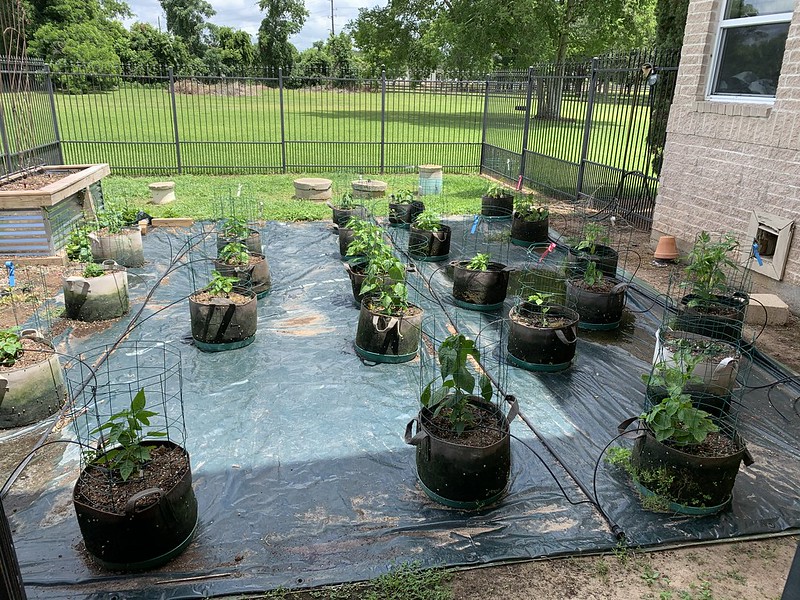Anyone one here use drip irrigation?
So I'm plotting out my new grow area and I think I'm going to run drip lines. We have good well water and lots of pressure with some inconsistent pressure drops. The outside water is before the house pressure tank so I think the pressure changes are just the well kicking on and off.
I plan to put this system on a timer.
1. I live on a hill and can put a reservoir tank at the top of the hill and let gravity feed the drip lines for constant pressure, I think?!? Does it even matter?
If I did put a reservoir at the top, theoretically i could add stuff to the water.
2. Im trying to get an idea of required flow per plant in GPM. Based on temp I expect a range. What GPM:Time aka total gallons are needed? (ballpark)
This effects what GPM of drippers to get.
3. What style is best for peppers or does it even matter? Dripper, bubbler, sprayer. I assume anything that sprays the leaves is bad for fungus and stuff.
4. They have pressure regulating ones, will that help with my pressure dip issue?

So I'm plotting out my new grow area and I think I'm going to run drip lines. We have good well water and lots of pressure with some inconsistent pressure drops. The outside water is before the house pressure tank so I think the pressure changes are just the well kicking on and off.
I plan to put this system on a timer.
1. I live on a hill and can put a reservoir tank at the top of the hill and let gravity feed the drip lines for constant pressure, I think?!? Does it even matter?
If I did put a reservoir at the top, theoretically i could add stuff to the water.
2. Im trying to get an idea of required flow per plant in GPM. Based on temp I expect a range. What GPM:Time aka total gallons are needed? (ballpark)
This effects what GPM of drippers to get.
3. What style is best for peppers or does it even matter? Dripper, bubbler, sprayer. I assume anything that sprays the leaves is bad for fungus and stuff.
4. They have pressure regulating ones, will that help with my pressure dip issue?


